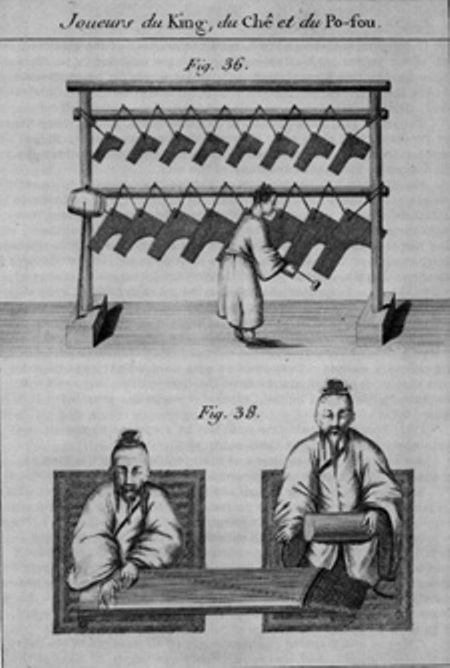|
Jurchen Language
Jurchen language ( zh, t=女真語, p=Nǚzhēn yǔ) was the Tungusic language of the Jurchen people of eastern Manchuria, the rulers of the Jin dynasty in northern China of the 12th and 13th centuries. It is ancestral to the Manchu language. In 1635 Hong Taiji renamed the Jurchen ethnicity and language to "Manchu". Writing A writing system for Jurchen language was developed in 1119 by Wanyan Xiyin. A number of books were translated into Jurchen, but none have survived, even in fragments. Surviving samples of Jurchen writing are quite scarce. One of the most important extant texts in Jurchen is the inscription on the back of "the Jin Victory Memorial Stele" ( zh, t=大金得勝陀頌碑, p=Dà jīn déshèngtuó sòngbēi, labels=no), which was erected in 1185, during the reign of Emperor Shizong. It is apparently an abbreviated translation of the Chinese text on the front of the stele.Hoyt Cleveland Tillman, Stephen H. West, ''China Under Jurchen Rule: Essays on Chin Intell ... [...More Info...] [...Related Items...] OR: [Wikipedia] [Google] [Baidu] |
Manchuria
Manchuria is an exonym (derived from the endo demonym " Manchu") for a historical and geographic region in Northeast Asia encompassing the entirety of present-day Northeast China (Inner Manchuria) and parts of the Russian Far East (Outer Manchuria). Its meaning may vary depending on the context: * Historical polities and geographical regions usually referred to as Manchuria: ** The Later Jin (1616–1636), the Manchu-led dynasty which renamed itself from "Jin" to "Qing", and the ethnicity from "Jurchen" to "Manchu" in 1636 ** the subsequent duration of the Qing dynasty prior to its conquest of China proper (1644) ** the northeastern region of Qing dynasty China, the homeland of Manchus, known as "Guandong" or "Guanwai" during the Qing dynasty ** The region of Northeast Asia that served as the historical homeland of the Jurchens and later their descendants Manchus ***Qing control of Dauria (the region north of the Amur River, but in its watershed) was contested in 1643 when ... [...More Info...] [...Related Items...] OR: [Wikipedia] [Google] [Baidu] |
Jean Joseph Marie Amiot
Jean Joseph Marie Amiot (sometimes Amyot; ; February 1718October 9, 1793) was a French Jesuit missionary in Qing China, during the reign of the Qianlong Emperor. Life Joseph Marie Amiot was born at Toulon. He entered the Society of Jesus in 1737 and was sent in 1750 as a missionary to China. He soon won the confidence of the Qianlong Emperor and spent the remainder of his life at Beijing. He was a correspondent of the Académie des Sciences, official translator of Western languages for the Qianlong Emperor, and the spiritual leader of the French mission in Peking. He died in Peking in 1793, two days after the departure of the British Macartney Embassy. He could not meet Lord Macartney, but exhorted him to patience in two letters, explaining that "this world is the reverse of our own". He used a Chinese name (''Qian De-Ming'' ) while he was in China. Works Amiot made good use of the advantages which his situation afforded, and his works did more than any before to make know ... [...More Info...] [...Related Items...] OR: [Wikipedia] [Google] [Baidu] |
Khitan Language
Khitan or Kitan ( in large script or in small, ''Khitai''; , ''Qìdānyǔ''), also known as Liao, is a now-extinct language once spoken in Northeast Asia by the Khitan people (4th to 13th century). It was the official language of the Liao Empire (907–1125) and the Qara Khitai (1124–1218). Classification Khitan appears to have been related to the Mongolic languages; Juha Janhunen states, conception is gaining support that Khitan was a language in some respects radically different from the historically known Mongolic languages. If this view proves to be correct, Khitan is, indeed, best classified as a Para-Mongolic language." Alexander Vovin (2017) argues that Khitan has several Koreanic loanwords. Since both of the Korean Goryeo dynasty and Khitan Liao dynasty claimed to be successors of Goguryeo, it is possible that the Koreanic words in Khitan were borrowed from the language of Goguryeo. Script Khitan was written using two mutually exclusive writing systems known as th ... [...More Info...] [...Related Items...] OR: [Wikipedia] [Google] [Baidu] |


